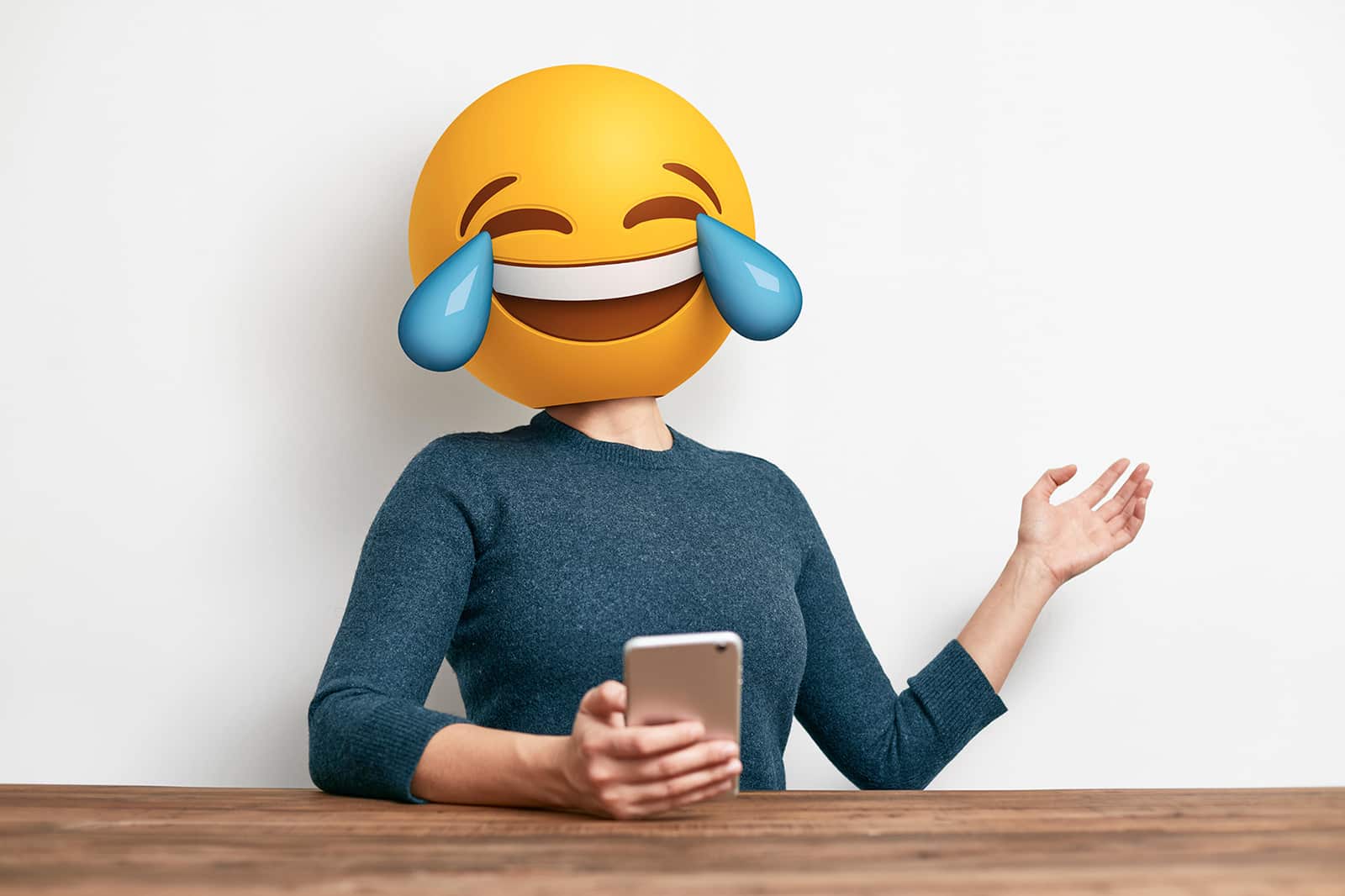
Emoji Etiquette.
I’ll be the first to admit, I am no emoji fan. I’m of the general opinion that emojis ‘cheapen’ what could have been a literary masterpiece.
Guilty of overusing emojis on MSN in my pre-teens (weren’t we all?), I’ve had a dramatic change of heart and the emoji-loving 13-year-old would only have dreamed my career would one day revolve around questions such as, “Should we bookmark this sentence with kissy lips or the lipstick?” or, “is this emoji too sassy for our client’s tone of voice?”
Having been trained as a journalist, I dislike the diminishing of words to what can often seem to be a random pressing of buttons and was none too impressed when Penguin released OMG Shakespeare in 2015. While once we were translating English into French, in 2017 I find myself posing the question, can you translate emoji into Shakespearean?

Also found in the series are Srsly Hamlet, A Midsummer Night #nofilter and Yolo Juliet, which can be bought here for the very niche emoji-loving, Bard aficionado.
Shakespeare’s works have not been the only ones subjected to this bastardisation, in my opinion, of the English language. Fred Benenson’s ‘Emoji Dick’, an emojied version of Herman Melville’s classic, eschews the written word altogether and is now part of the Library of Congress collection. Not so much call me Ishmael, as text me.

Emojis, in their original form, first came into existence in Japan in the late 1990s, when pagers were the height of technology, as a way to convey emotion in the brief screen space. Shigetaka Kurita, credited as being the father of the emoji, was an employee of NTT DoCoMo when he realised digital communication often ended up robbing people of emotion. His solution was simple.
Inspired by manga and Chinese symbols he created the emoji, derived from the combination of ‘picture’ (e) and ‘character’ (moji). In his own words: “Everything was shown by text. Even the weather forecast was displayed as ‘fine’. When I saw it, I found it difficult to understand. Japanese TV weather forecasts have always included pictures or symbols to describe the weather—for example, a picture of the sun meant ‘sunny’. I’d rather see a picture of the sun, instead of a text saying ‘fine’.”
In light of a recent study that found people who used emojis are nicer and a university lecture that suggested emojis are imperative in modern communication, I’ve decided to reassess my ‘emojis are evil’ campaign, and furnish you with my five top tips for ‘emoji etiquette’.
After all, Ancient Egyptians basically communicated with emojis and here we are 2000 years later, still able to understand their way of life. Perhaps in another thousand years, our descendants will study that text, or post, and be able to discern the complex nuances of our lives, through the humble emoji.
5 Top Tips for Emoji Etiquette
1. Use sparingly.
This is mainly in posts, be they on Twitter or Facebook. While one or two can work well, refrain from over-use to avoid diluting the post.
2. Be wary of interpretation
While once it was easy to differentiate (happy) from (sad), there are now varying degrees of emotion, all of which could be understood differently. Not only does ‘emoji font’ vary from device and platform, but innocent emojis can also be seen as passive-aggressive.
3. Wait for the more seniors at work to use them
Thumbs up is always a good workplace emoji, but let your boss send the first one. This should not mean an opening of the emoji floodgate, but more that your workplace relationship is now at the emoji stage.
4. Consider the context
Never, under any circumstances, use emojis for posts about war, disease, disaster or tragedy.
5. Emojis are great, but shouldn’t be used instead of words, and should only add value
And remember, if you’re at the point of considering messaging a friend a broken heart emoji after her recent breakup, it may be worth a phone call instead.
Well, we hope you’ve learnt some new things today and enjoyed this little article.















